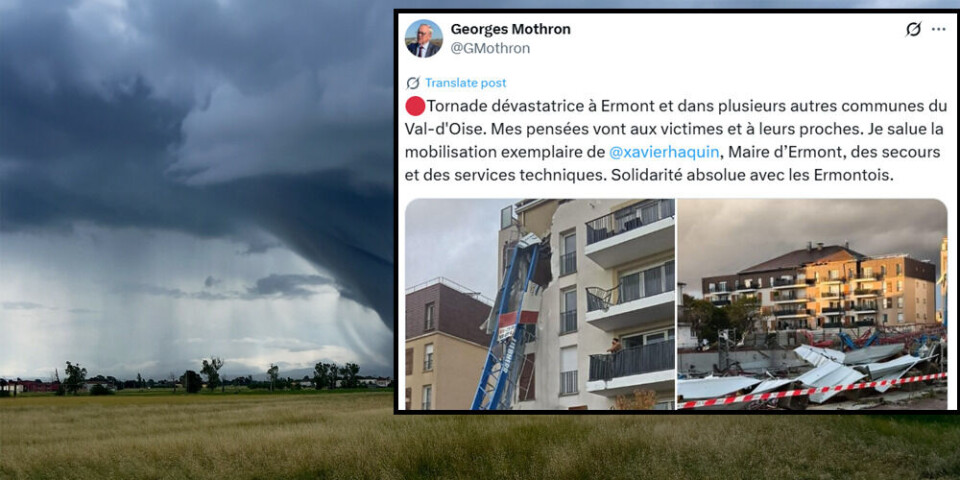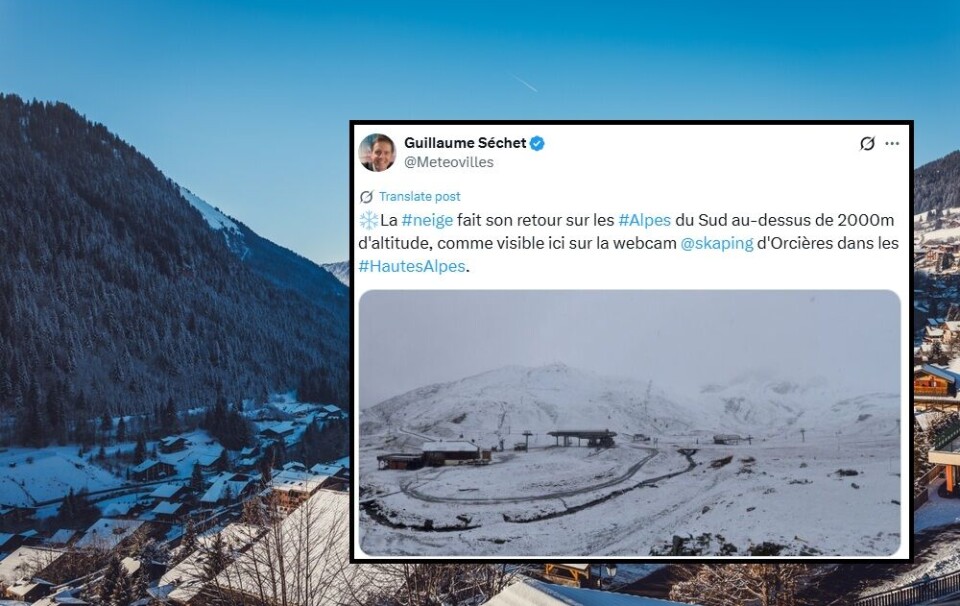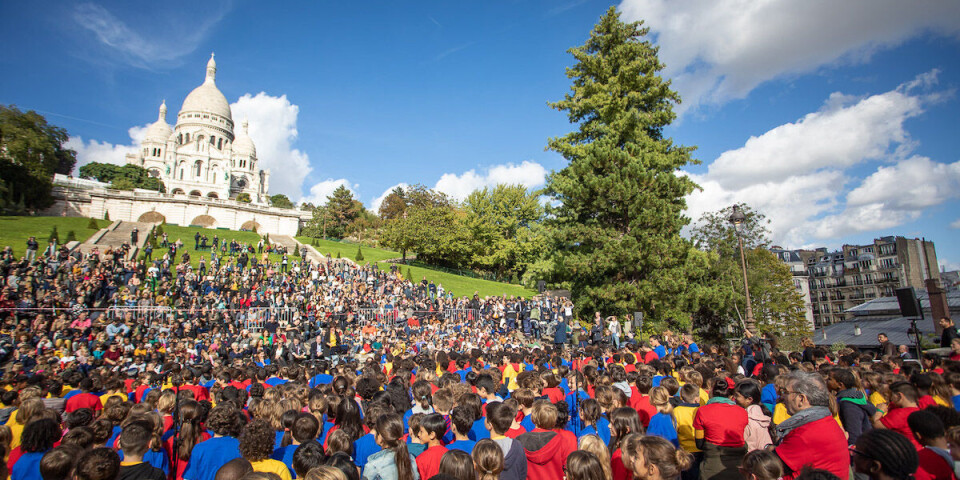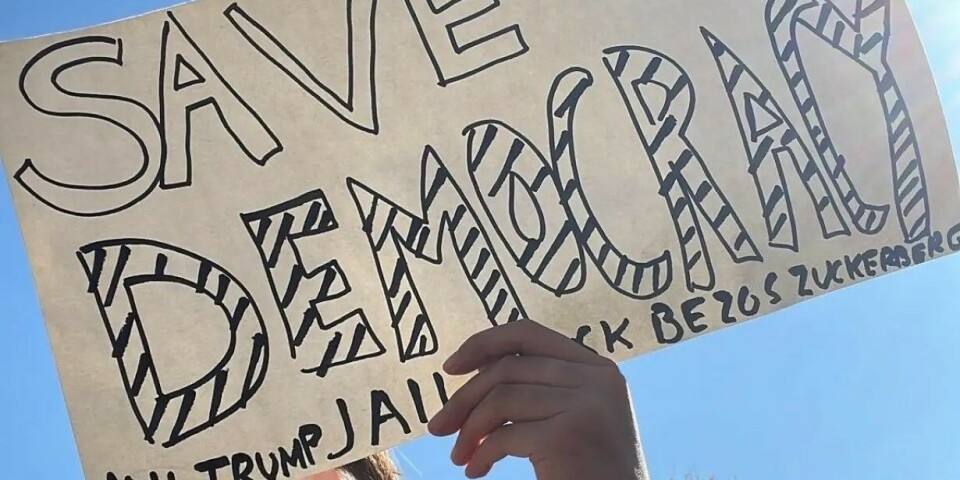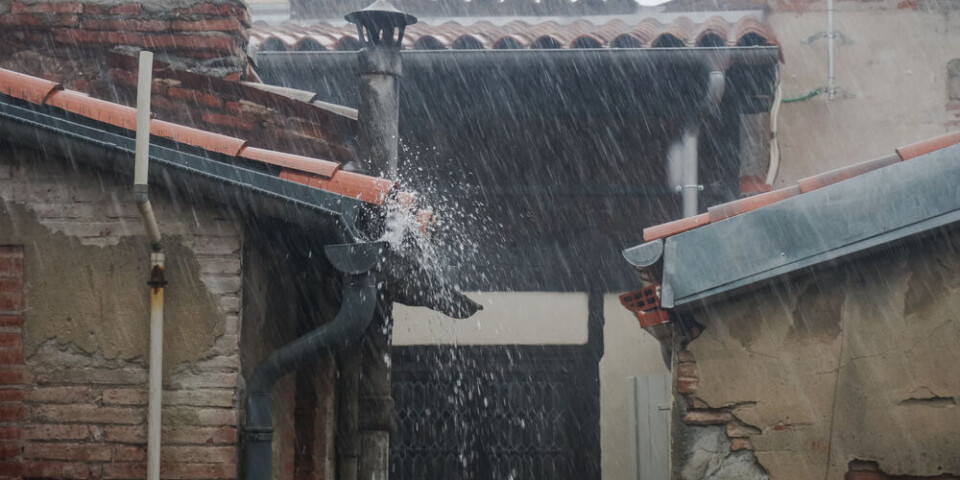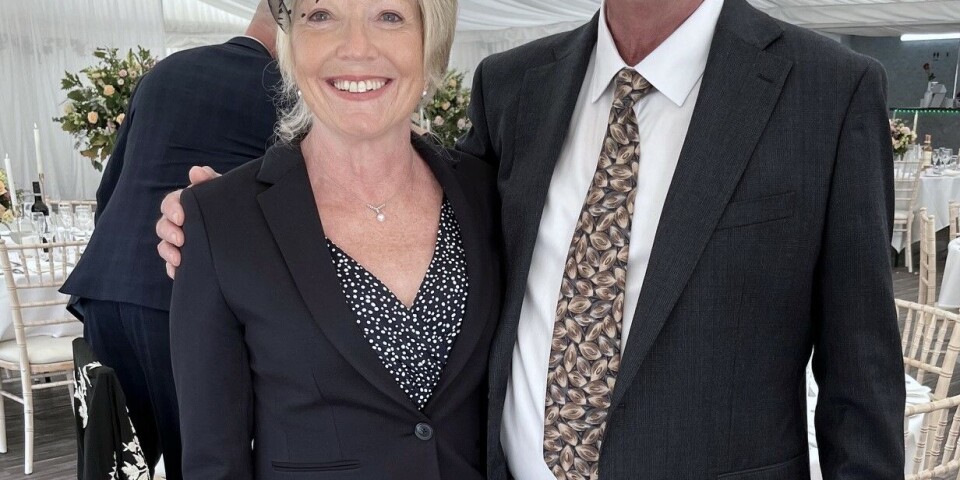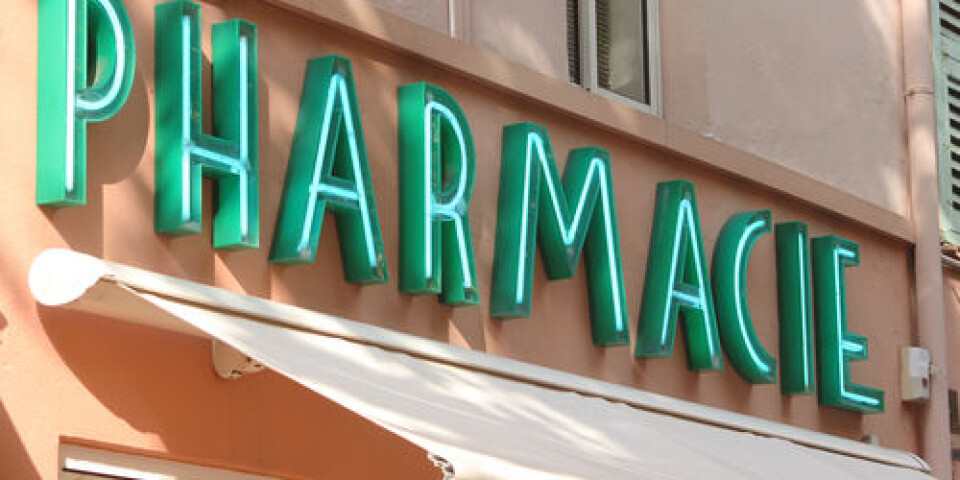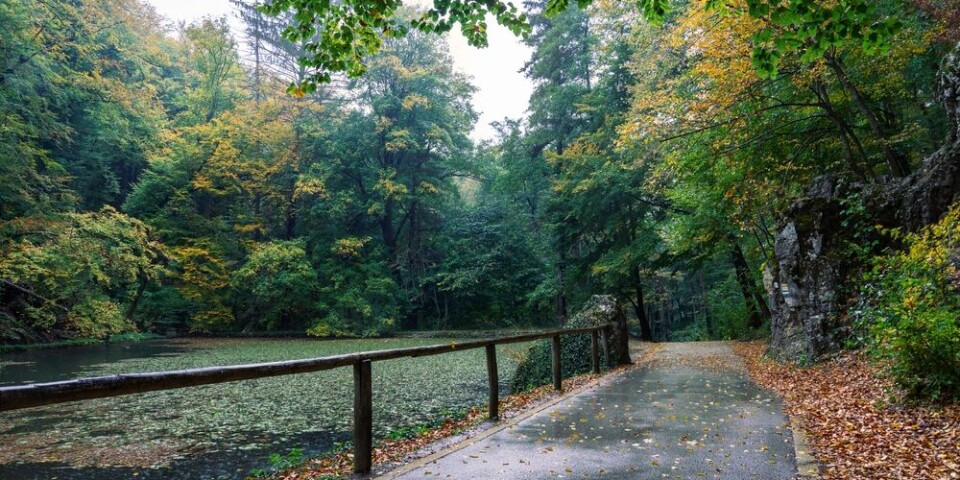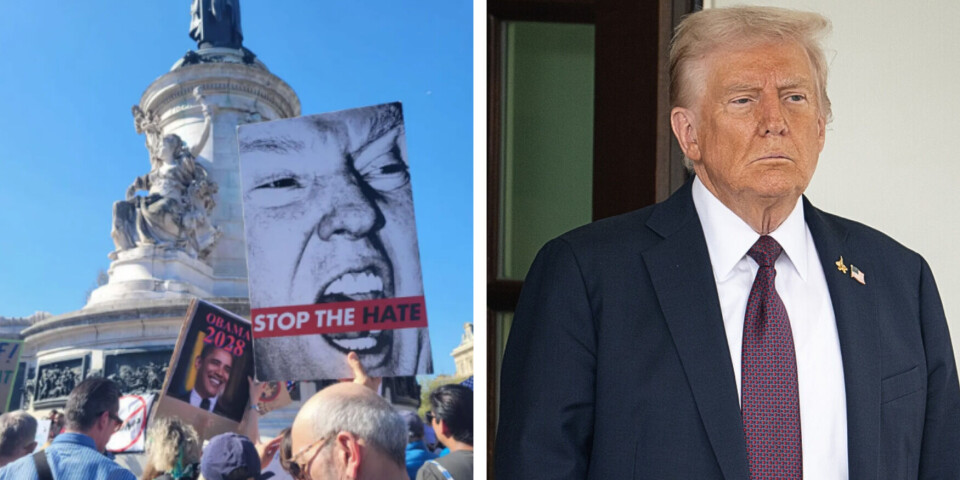-
Neighbour of French home has camera recording our garden – what can we do?
Installation of security equipment recording private areas can infringe privacy
-
Do we need permission to install pond in garden at French home?
Several planning and environmental factors must be taken into account
-
Why are authorities asking about our address to join French social security?
Short-term rentals are not always accepted as valid proof of time spent in France
Was France’s national flag the first tricolour?
WHAT is the meaning of the French flag and was it the first tricolour? PH
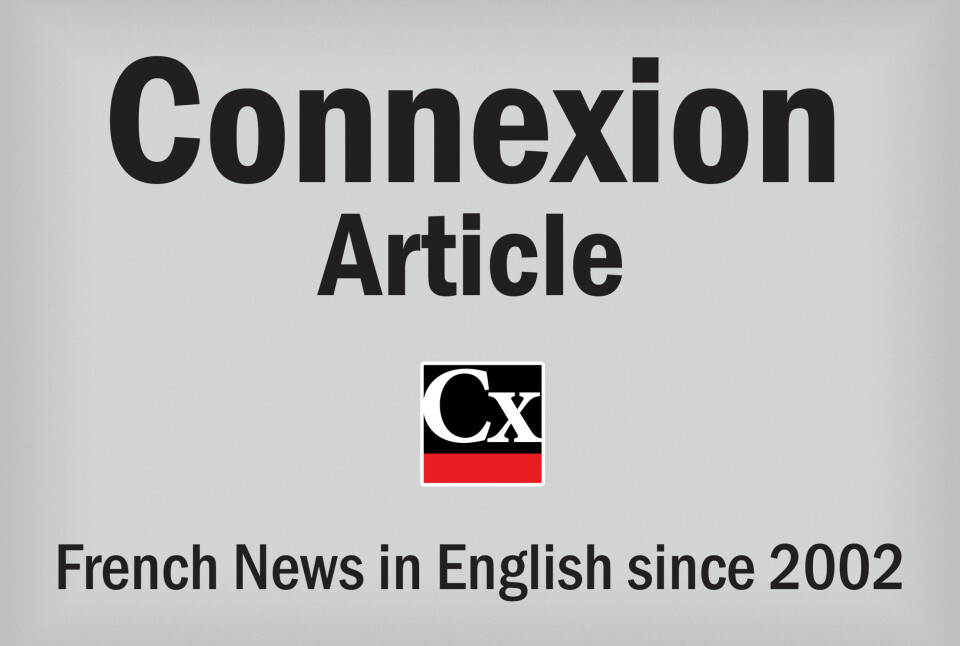
THE TRICOLORE was the flag of the First Republic from 1794 and tricolours (threestripe flags) were then adopted by ‘sister republics’ assisted or established by France during the Revolutionary Wars, including those of Rome and Alba and the Cisalpine Republic in northern Italy.
Later, tricolours were also taken up by countries such as Belgium, Ireland and Italy as well as ones further afield like India, Venezuela and Mexico.
However, the first to associate a tricolour with a republican state, was actually the orange, white and blue Prince’s Flag, used by William of Orange for the Dutch Republic from 1579.
The French one combines blue and red from the coat of arms of Paris with white, a colour of flags of kings of France.
The Paris coat of arms shows a ship against a red background with blue above. The ship comes from the symbol of the marchands de l’eau, a merchants’ guild which controlled imports and exports and formed the basis for the city council. Paris’s motto is fluctuat nec mergitur -‘she is tossed [by the waves] but does not sink’. The blue and red of Paris was also sported by revolutionaries as cocardes – rosettes.
The Tricolore was maintained by Napoleon – who added gold eagles – then abolished at the restoration, until it was brought back under the constitutional monarchy from 1830 until 1848 when France became a republic again. Some militants wanted it to be completely red, however poet and politician Alphonse de Lamartine defended it, saying: “The Tricolore has gone round the world, with the name, glory and freedom of the fatherland. France and the Tricolore, it’s one and the same thought, the same prestige – if need be, the same terror to our enemies.”




